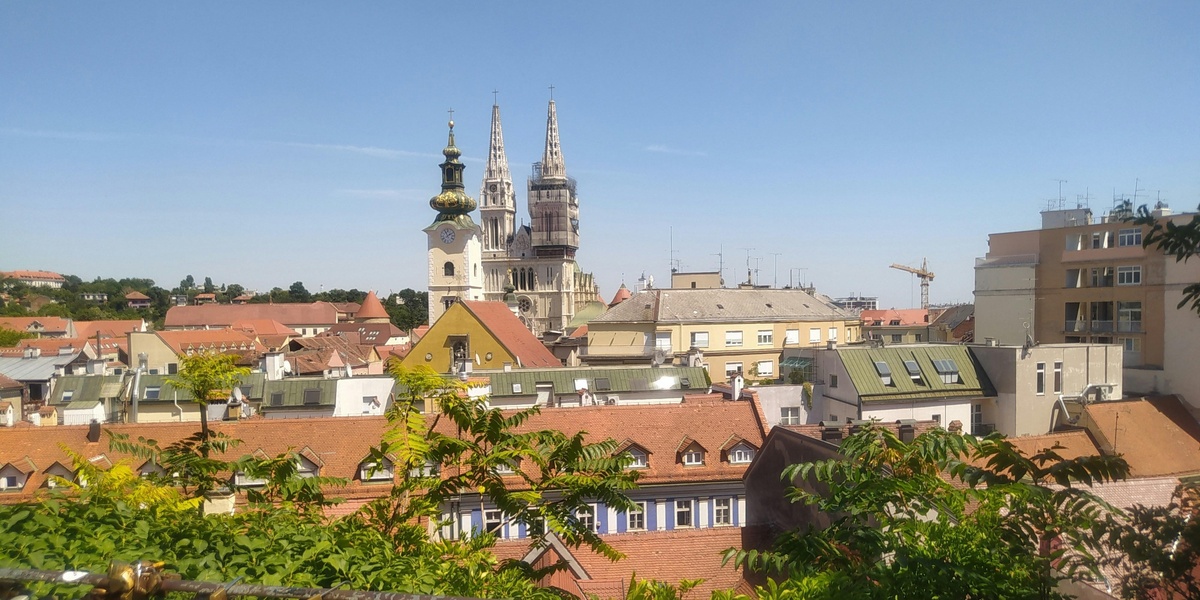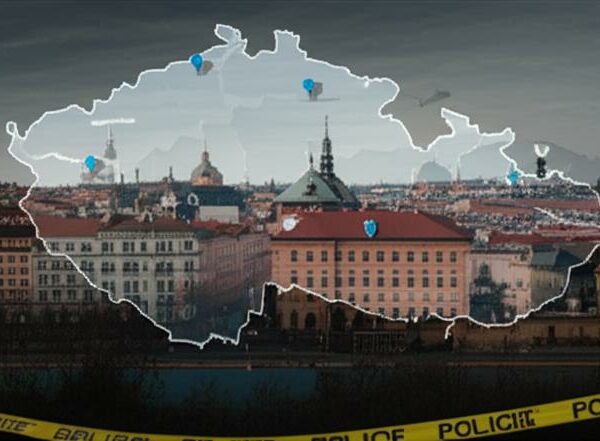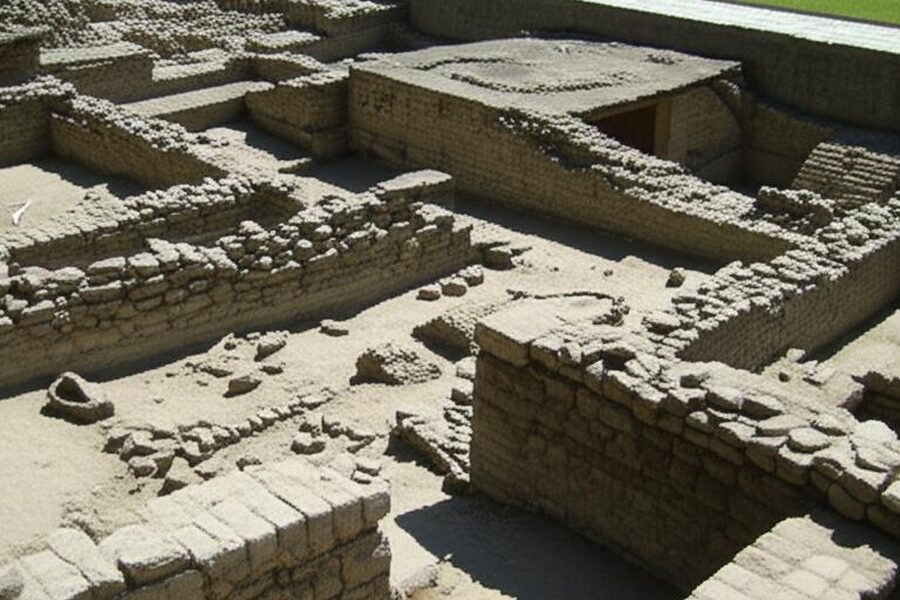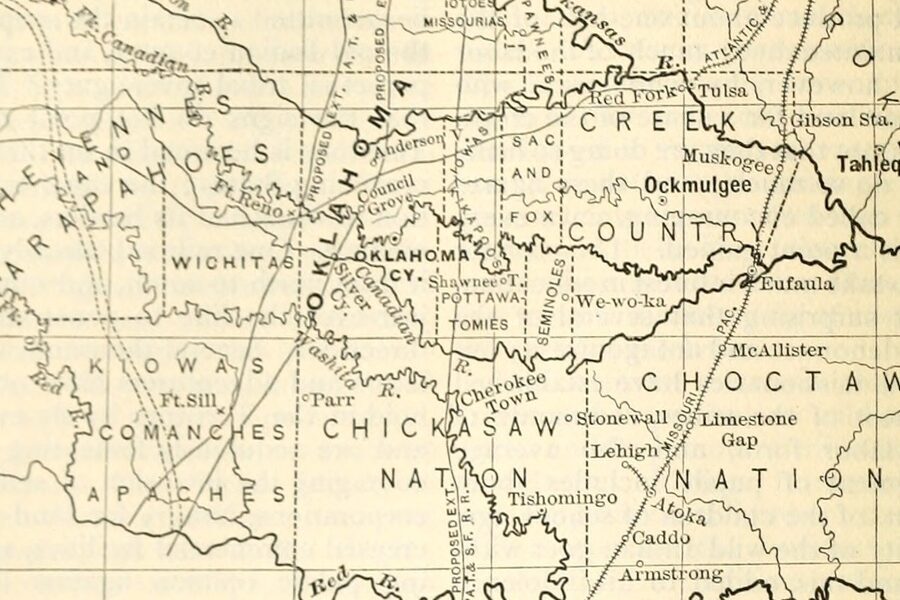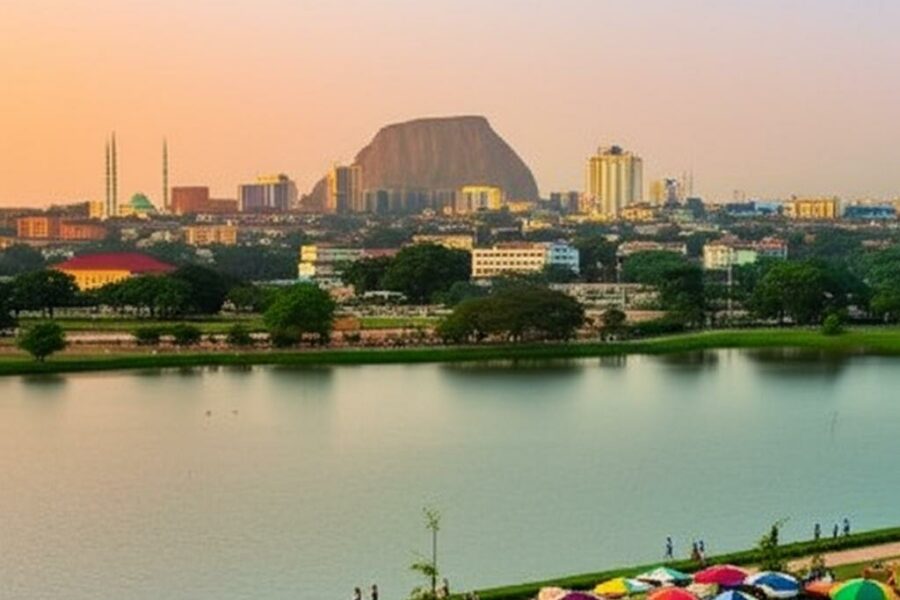8 Cool Things to do in Zagreb
Zagreb’s Upper Town still rings with church bells and the clip-clop of trams — a city built layer by layer since the 11th century that somehow feels both old-world and surprisingly modern.
The city rewards slow exploration: most central sights sit close together, short tram rides connect neighborhoods in roughly 10–15 minutes, and the metro-area counts about 800,000 residents. Take your time. Sit in a café. The streets are compact, the museums focused, and the cafés insist on long, relaxed coffee breaks.
This guide highlights eight genuinely memorable experiences that show Zagreb’s personality: its history, quirky culture, green spaces, markets, and lively food and events scene.
Below are the “8 Cool Things to do in Zagreb” grouped into four quick categories: historic & cultural highlights; museums & quirky attractions; parks, markets & outdoors; and food, events & nightlife. Each item is designed to fit into half-day or full-day plans so you leave with a strong sense of the city.
Historic and Cultural Highlights
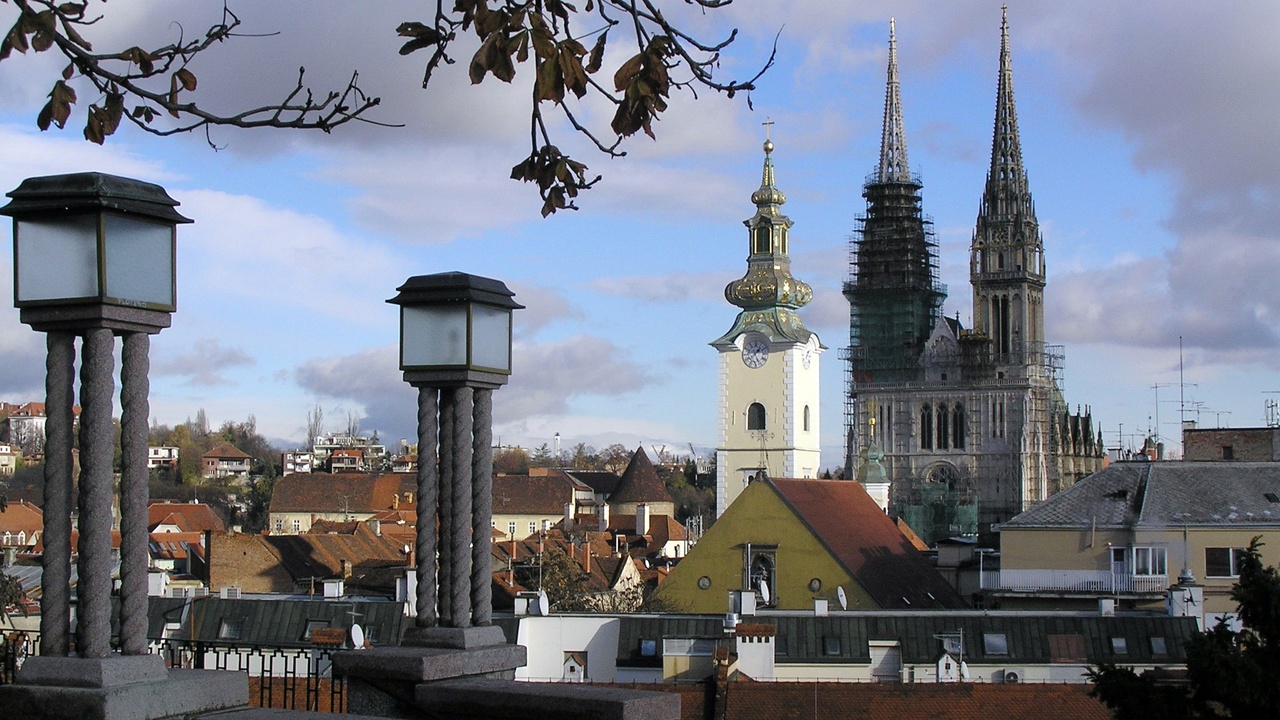
Gornji Grad (Upper Town) and Donji Grad (Lower Town) form the historic spine of Zagreb. The two are compact and walkable, with medieval alleys and Austro-Hungarian boulevards sitting within a 10–20 minute walk of one another.
Plan efficient half-day or full-day routes that mix hilltop viewpoints, tiled roofs, and café stops. Highlights cluster tightly, so you can cover several key sights without long transfers.
1. Explore Upper Town (Gornji Grad) and St. Mark’s Church
Walk Gornji Grad to see Zagreb’s medieval heart. Start at the Stone Gate (Kamenita Vrata), stroll past souvenir stalls, then drop by St. Mark’s Church with its instantly recognizable patterned tile roof.
Lotrščak Tower stands nearby and keeps a long tradition: the noon cannon is fired daily at 12:00, a loud, friendly reminder of the city’s past. The cobbled streets smell faintly of coffee and baked bread in the morning.
Practical route: Kamenita Vrata → St. Mark’s (15–20 minutes) → Lotrščak for the view. Best times are early morning or late afternoon to dodge tour groups. Fit this into a half-day that also leaves time for a café break on the way down.
2. Wander Donji Grad’s boulevards and visit Zagreb Cathedral
Donji Grad (Lower Town) is where Austro-Hungarian promenades, neo-Gothic spires, and lively cafés meet. The grid-like avenues make wandering feel effortless.
Stop at Zagreb Cathedral to admire its twin spires and ornate façade. Allow 30–60 minutes inside to read plaques and notice carved details on the capitals and stained glass.
From the cathedral, loop past the Botanical Garden and choose a café on Ilica or Tkalčićeva for a 30-minute coffee. A straightforward Donji Grad loop—cathedral, garden, promenade, café—takes about 2–3 hours at a relaxed pace.
Museums and Quirky Attractions
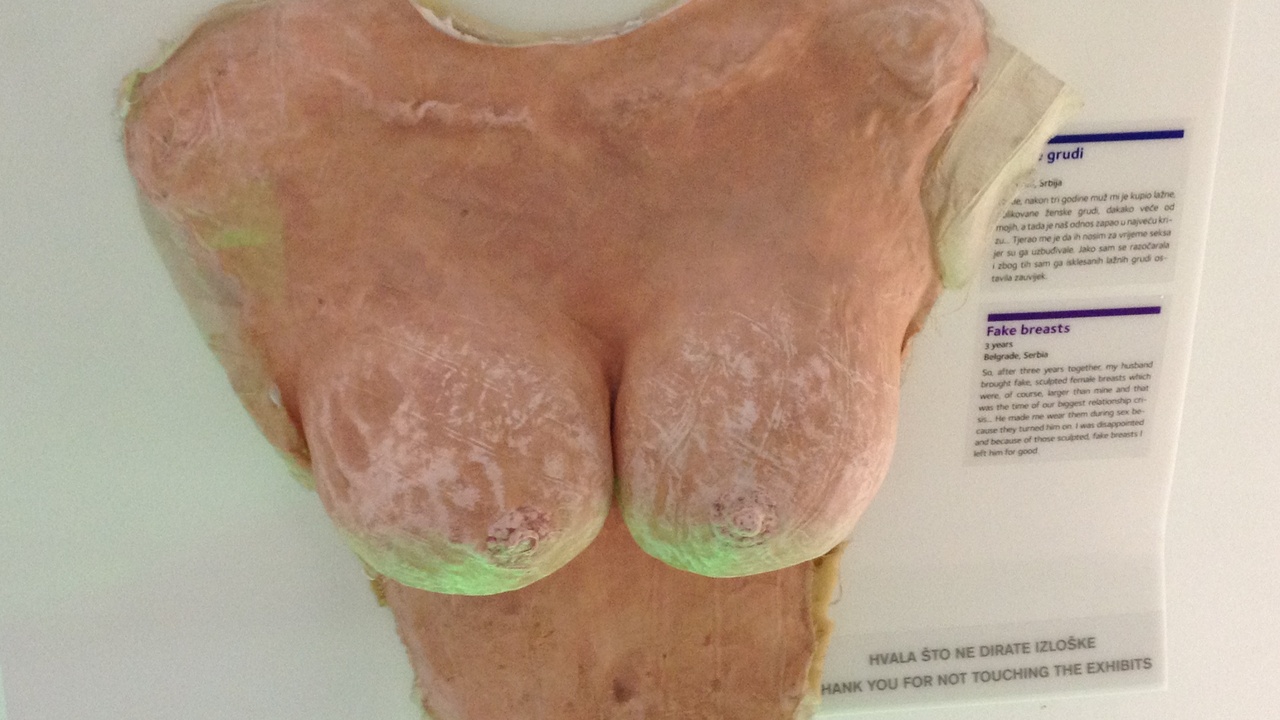
If you’re hunting for cool things to do in zagreb, mix a mainstream museum visit with a quirky stop. The city squeezes high-quality museums into a small area, so you can have two memorable visits in an afternoon.
Small museums here are focused: expect 30–90 minute visits that leave you with vivid stories rather than exhaustion.
3. Visit the Museum of Broken Relationships
See intimate, real-life stories at the Museum of Broken Relationships. The concept is simple: donated personal objects paired with brief, candid texts about love and loss.
The project toured internationally and opened a permanent Zagreb space around 2010, and it still hits a human note—wedding dresses, a broken watch, handwritten notes—objects that feel immediate and honest.
Budget 45–75 minutes here and then wander to a nearby café or stroll back toward Upper Town for more viewpoints.
4. Choose a specialised museum: Technical Museum or Croatian Museum of Naïve Art
Pick a museum that fits your mood—technology, folk creativity, or modern design. The Technical Museum displays industrial and scientific artifacts, several early engines, and educational exhibits that appeal to families and tech fans.
The Croatian Museum of Naïve Art showcases a strong local tradition of self-taught painters and vivid, often pastoral scenes. Art lovers will appreciate the color and narrative detail.
Expect 60–90 minutes at either museum. Families may prefer the Technical Museum; art seekers should head to the Naïve Art collection for a concentrated dose of Croatian creativity.
Parks, Markets, and Outdoor Activities
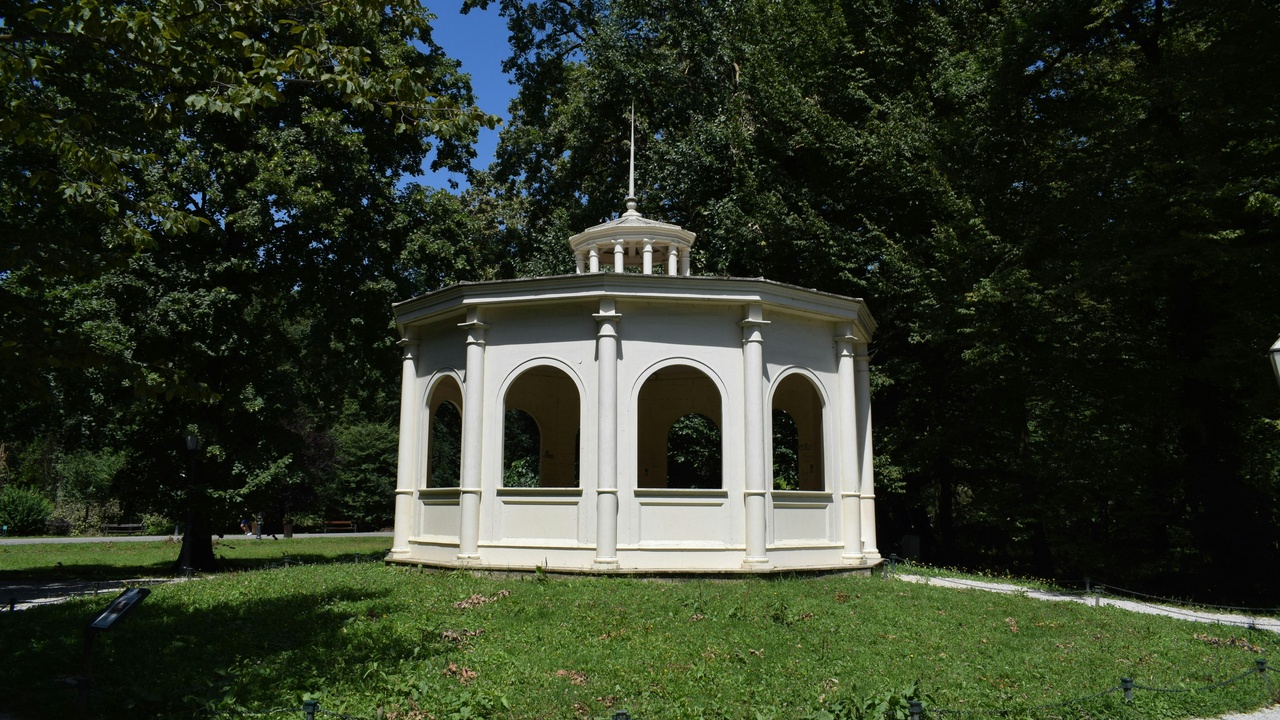
Zagreb’s parks and markets are the city’s living room. Dolac Market hums with trade in the morning, Maksimir offers wide green spaces and a zoo, and Jarun Lake is the go-to for cycling, boating, and summer festivals.
All three are reachable by tram or a short ride; markets run daily while parks are year-round escapes.
5. Shop and sample at Dolac Market and Tkalčićeva Street
Taste Zagreb at Dolac Market. Covered stalls above an open square sell seasonal fruit, cheeses, honey, and house-made pastries. Vendors often label origins, so you can ask about local farms and producers.
The market is busiest from about 7–10am, especially on weekends, so come early for the best selection. Try a burek or a cheese sample, and then walk down to Tkalčićeva for café culture and light meals.
Practical tip: carry small bills or coins for stall purchases and plan a 60–90 minute loop if you want to snack, shop, and sit for coffee.
6. Relax in Maksimir Park or get active at Jarun Lake
Escape to green space. Maksimir Park offers tree-lined trails, ponds, and winding paths around the Zagreb Zoo; it’s great for picnics and slow walks.
Jarun Lake is the city’s sports hub: cycle paths, rowing lanes, swimming spots, and boat rentals that typically run 30–60 minutes. In summer the venue hosts major events—INmusic festival, founded in 2006, draws big crowds.
Transit tips: Maksimir is a short tram ride east of Donji Grad; Jarun is a 20–30 minute tram or bus ride but feels a world away once you’re on the water.
Food, Events and Nightlife
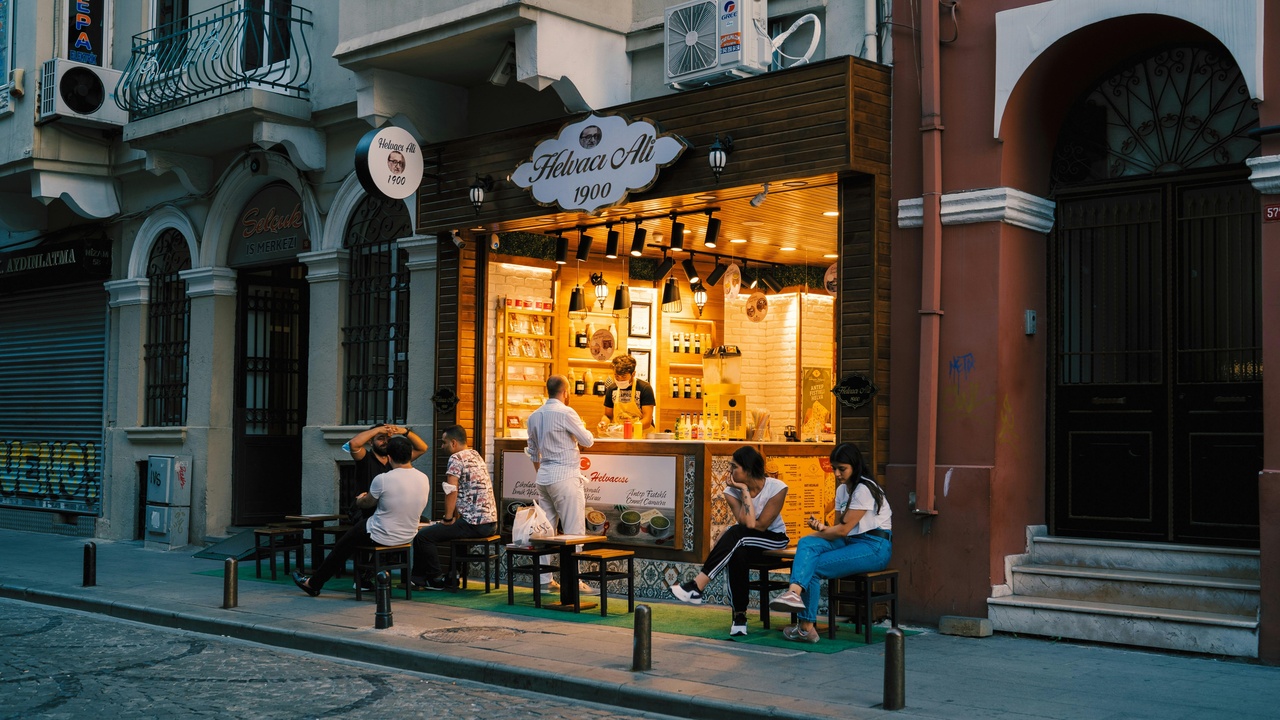
Zagreb’s café scene is inviting: long coffees, small-plate restaurants, craft beer bars, and a steady calendar of seasonal events from winter markets to summer concerts.
Cafés on Tkalčićeva buzz in the evening while British Square and nearby lanes host lively bars and music spots. Food here mixes Central European comfort and modern Croatian creativity.
7. Try Croatian dishes, coffee and craft beer in the café districts
Eat like a local—start with coffee, finish with dessert. Štrukli (baked or boiled cheese pastry) is a signature dish worth ordering at a traditional spot.
Sample coffee at a well-regarded roaster such as Cogito Coffee on or near Tkalčićeva, then later try local brews at pubs like Pivnica Medvedgrad for a taste of Zagreb’s craft scene.
Sample plan: morning coffee + pastry, hearty lunchtime plate, evening craft beers with small plates. Allow 3–4 hours to enjoy the district without rushing.
8. Experience seasonal events: Advent, festivals, and local nightlife
Plan for one event: Advent in winter or an open-air concert in summer. Advent in Zagreb received recognition from European Best Destinations around 2016 and fills the city with lights, stalls, and music.
INmusic is the major summer festival, usually in June, and tickets often sell out. Buy festival tickets in advance and arrive early for free-stage acts and good vantage spots.
If you want quieter nights, stick to smaller bars off the main squares; for lively evenings, Tkalčićeva and British Square keep late hours and a friendly crowd.
Summary
- Zagreb rewards slow exploration: many attractions sit in close clusters and are reachable by short tram rides or 10–20 minute walks.
- Mix history, quirky museums like the Museum of Broken Relationships, markets such as Dolac, and green spaces for a balanced visit.
- Pick the season: Advent in winter and INmusic in summer shape very different—and memorable—city vibes.
- Suggested pairing: Upper Town + Museum of Broken Relationships + Dolac Market makes a strong half-day; plan 2–4 hours per cluster depending on how many cafés you visit.

